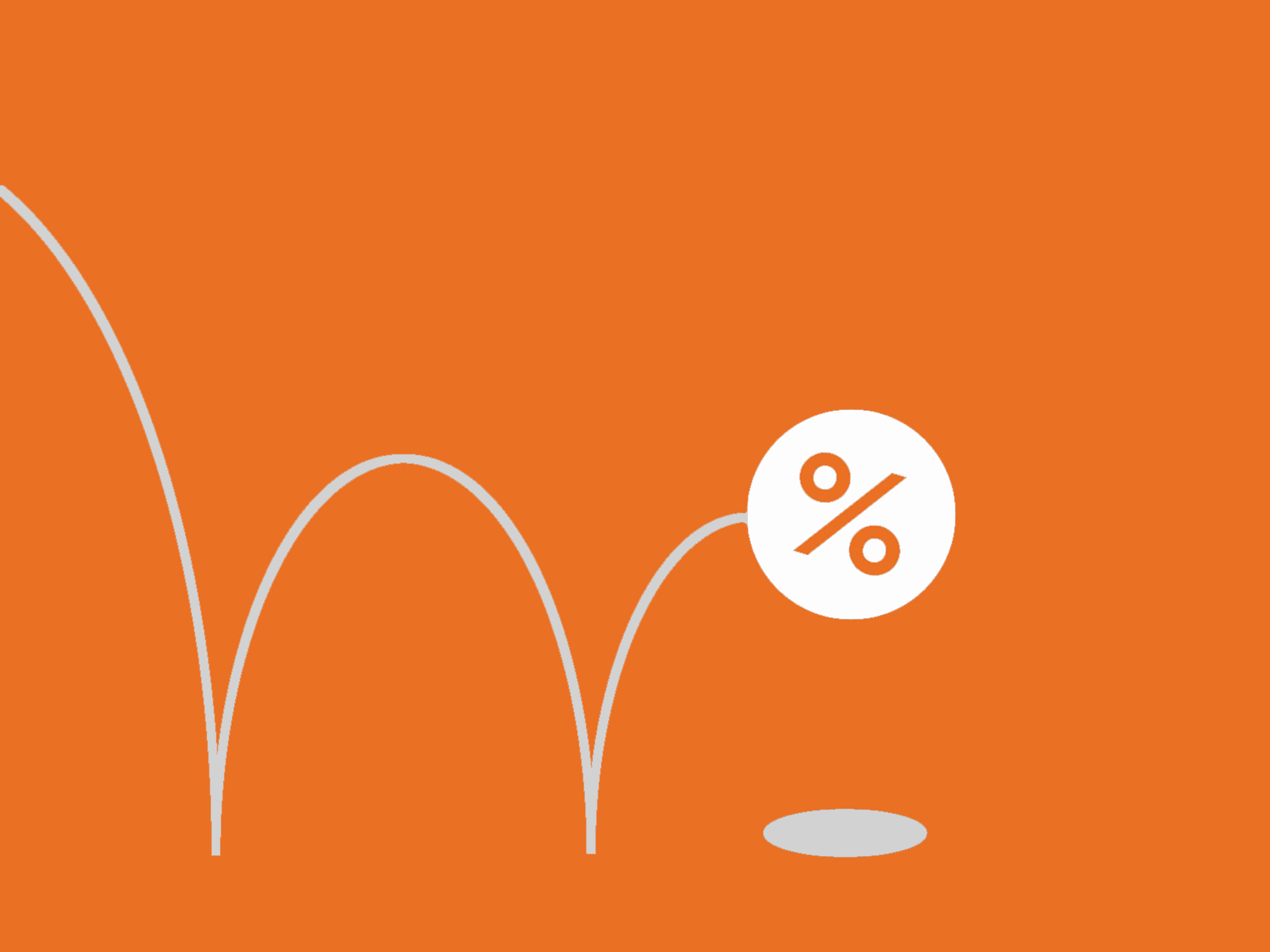Car loan cost, beyond monthly payments | Tangerine
If I told you my dinner last night cost five dollars per month, you would have a lot of questions.
You'd probably wonder, "who thinks of the price of a meal in terms of monthly payments? How many monthly payments?" If it were only one payment, that might seem cheap. If it was over 60 months, you'd wonder if the meal was drizzled with gold flakes. You'd also likely wonder what the cost would've been if I had just paid for it all at once.
You don't have enough information to figure out if this was a good deal or not.
Monthly payments don't tell the whole story
We don't talk about meals in terms of monthly payments, but we do for car payments. It's not unusual to walk into a car dealership and have the conversation quickly steer to the monthly or bi-weekly payment amount that seems affordable.
I've even had a navigation system option quoted as a $1.93 per weekly payment. It sounded trivial until I realized it added $500 to the purchase price. Framed that way, it seems expensive compared to standard GPS options on most smartphones.
The monthly payment is only one piece of the puzzle
What seems affordable on a regular payment basis might be a lot more expensive than we realize in the long term. It can also lead us to spend more than we might otherwise think is reasonable.
Here's an example:
Let's say you figure you could manage a monthly payment of around $400. A three-year loan means you're looking for a car worth around $12,000, factoring in taxes and the going rate for auto loans.
You'd probably be looking at either an entry-level, sub-compact car, or a wider range of vehicles in the used market. But that same monthly payment can translate into a $30,000 purchase price if your loan spanned 96 months (eight years). And long car loans are becoming more prevalent.
Focus on the total cost
If we focus only on the monthly payment amount, we don't get the full picture.
Think about three years of payments versus eight years:
If you pay for a used car over three years, you're going to feel the joy of no car loan payments for the last five years. You might budget some money for the extra maintenance costs of owning a used car, but you might also save on insurance costs, since less expensive cars tend to be less expensive to insure.
Five years of not paying $400 per month to a loan is $4,800 per year, or $24,000 in total.
This money could go to other things in your life. Like paying off your student loans. Or saving up for a down payment on a home. Or retirement. Or vacations. Even after factoring any extra maintenance costs, you'll still have money left over.
Determine your affordability
Although it's important to make sure your regular car payments fit into your budget, it's also important to remember to take a look at the big picture when determining your true affordability.

